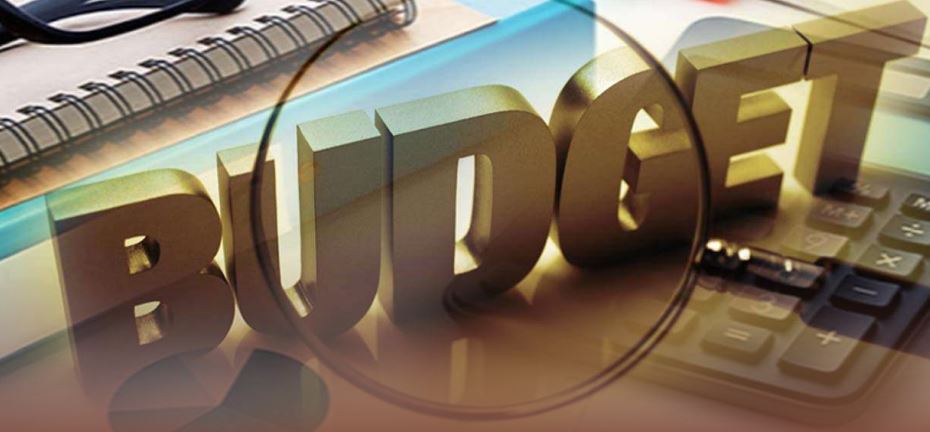
An economic growth-enhancing fiscal budget is a budgetary framework that prioritizes policies and allocations to stimulate and sustain economic growth.
Dr Abid Rashid Gil
The PDM government presented Budget 2022-2-23 of 14.641 trillion on 14 June with the elections looming and the country was facing the most challenging internal and external circumstances. Geo-political and economic conditions are not favorable.
The economy has not stabilized the internal shocks: the 2022 floods and political uncertainty, and external shocks: Russia and Ukraine war, yet. The import restrictions have disrupted the whole supply chain for the industrial sector, already paying two third of taxes, while the exchange rate pattern is highly uncertain.
Given this backdrop, this budget was presented amidst the expectations of an election year and under the reform pressure of the IMF. A reform budget is focused on making significant changes and improvements to the existing budgetary system. It aims to address structural issues, streamline processes, and introduce new policies to promote efficiency, fairness, and long-term sustainability. In contrast, a political budget is driven by political considerations, with the primary goal of gaining support and appeasing key stakeholders.
It may prioritize short-term gains and allocations based on political interests rather than the overall welfare of the economy and society. The budget 2023, in this context, seems to be a populist budget due to the following measures: The 35 % increase in (1-16) grades and the 30% increase in (17-22) grades in salaries of the government employees and upward revision in the pensions by increasing the minimum threshold of the pension to 12000, 1.1 trillion Target subsidies on ghee, pulses, rice, and wheat flour, a 400 to 450 billion Benazir Income Support Program, and 10 billion for distributing 100000 laptops to the students.
On the other side, no intention to privatize ailing State-Owned Enterprises (SOE) that cause 1500 billion in losses to the national exchequer and no significant move to raise taxes at the provincial level and to bring the retail, agricultural, and urban property sectors under the tax, indicate missing of the reform agenda in budget 2023.
An economic growth-enhancing fiscal budget is a budgetary framework that prioritizes policies and allocations to stimulate and sustain economic growth. The conventional Keynesian fiscal tools include infrastructure investment, research and development, education, and support for entrepreneurship to promote productivity, innovation, and job creation.

The budget 2023 targets 3.5% growth for the next fiscal year. The following measures indicate that this will be a pro-growth budget. The government intends to invest 2700 billion, including 1150 billion in Public Sector development (PSD) and provincial spending of 1569 billion. Two thousand two hundred billion for agri loans and Rs 30 billion for the solarization of 50000 water pumps.
Treatment of the IT sector as a small and medium size industry, withdrawal of import duties on seeds agriculture machinery, 6 billion subsidies on imported urea, and 10 billion for agriculture loan scheme for youth. However, the target of 9.2 trillion tax collection, which is 28% higher than the previous year, may hamper the growth process.
An inflationary fiscal budget refers to a budgetary approach that can contribute to inflationary pressures within an economy. It typically involves increased government spending, which can lead to an excessive demand increase without a corresponding supply increase, thereby driving up prices.
The budget 2023 seems expansionary and is expected to keep ongoing inflationary pressures intact next year. The significant development spending and proposed taxing on utilities: electricity, and fuel amid high political uncertainty and the delayed deal with IMF implies that inflation will slowly ease. By the way, the government also has set the inflation target at 21pc.
The Labour Force Survey of 2020-21 indicates that 4.1 million out of 71.76 million labor force were unemployed in Pakistan, when the economy exhibited a 6.1% growth rate. This rate must have shot up when the economy grew at .29% this year. Will the budgetary measures in 2023-24 create enough jobs to take on this ever-increasing unemployment?
A planned 3.5pc growth rate with the Budget’s focus on some sectors with high employment rates, including large-scale industry and SMEs, solar energy, and IT and agriculture, are expected to raise that stimulus necessary to absorb this unemployment chunk.
Financing a deficit in a fiscal budget refers to how a government covers the shortfall between its expenses and revenues. It can involve various methods, such as borrowing from domestic or international sources, issuing government bonds, or utilizing central bank financing. The aim is to bridge the budget gap and ensure the government has the necessary funds to meet its obligations and finance its programs and services.
The government is relying on external borrowings to finance the deficit of 6923 billion of the Budget 2023. The projections of external borrowing for the upcoming fiscal year are 114 percent higher than the Rs3.2tr of inflows recorded in the previous f year. The government anticipates $5 billion inflow from Saudi Arabia, including $3bn in time deposits and $2 billion in fresh deposits.
The government also targets $1.5bn of international bond funds, $4.5bn from international commercial loans, and $4 billion in China’s SAFE deposit. However, most of these loans are subject to Pakistan returning to under the IMF umbrella.

The writer is the Chairman, Economics Department,
The Islamia University
of Bahawalpur.

